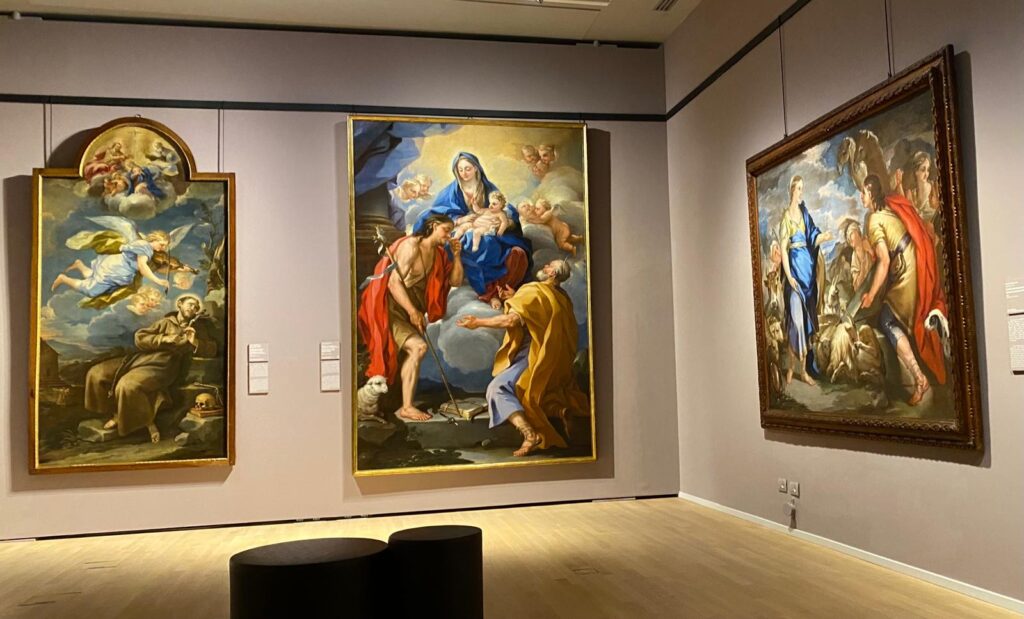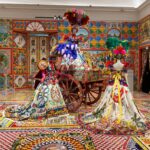Naples) to (Bergamo. A look at the 1600s in the De Vito collections and in the city
On 23 April 2024, the Carrara Academy in Bergamo inaugurated an exhibition dedicated to 18th century Neapolitan painting and its links with the Lombard city and its territory.
The core of the exhibition is 22 canvases belonging to the prestigious Giuseppe and Margaret de Vito Foundation, desired by the entrepreneur but also scholar and collector, together with his wife. These are flanked by several from Bergamo, demonstrating how two cities so distant geographically, in reality entertain interesting exchanges not only commercial, but also cultural and artistic.
The connecting city between the two protagonists of the exhibition is undoubtedly Venice, which in the middle of the century recorded a particular appreciation for Neapolitan painting, a success that also reverberated in the territories culturally subject to it, first and foremost Bergamo.
Naturally, the exhibition opens with a quick but necessary presentation of the pictorial situation in the Neapolitan land at the beginning of the 17th century, certainly influenced by the art of Michelangelo Merisi known as Caravaggio, who stayed here twice, first in 1606 and then again in 1610.
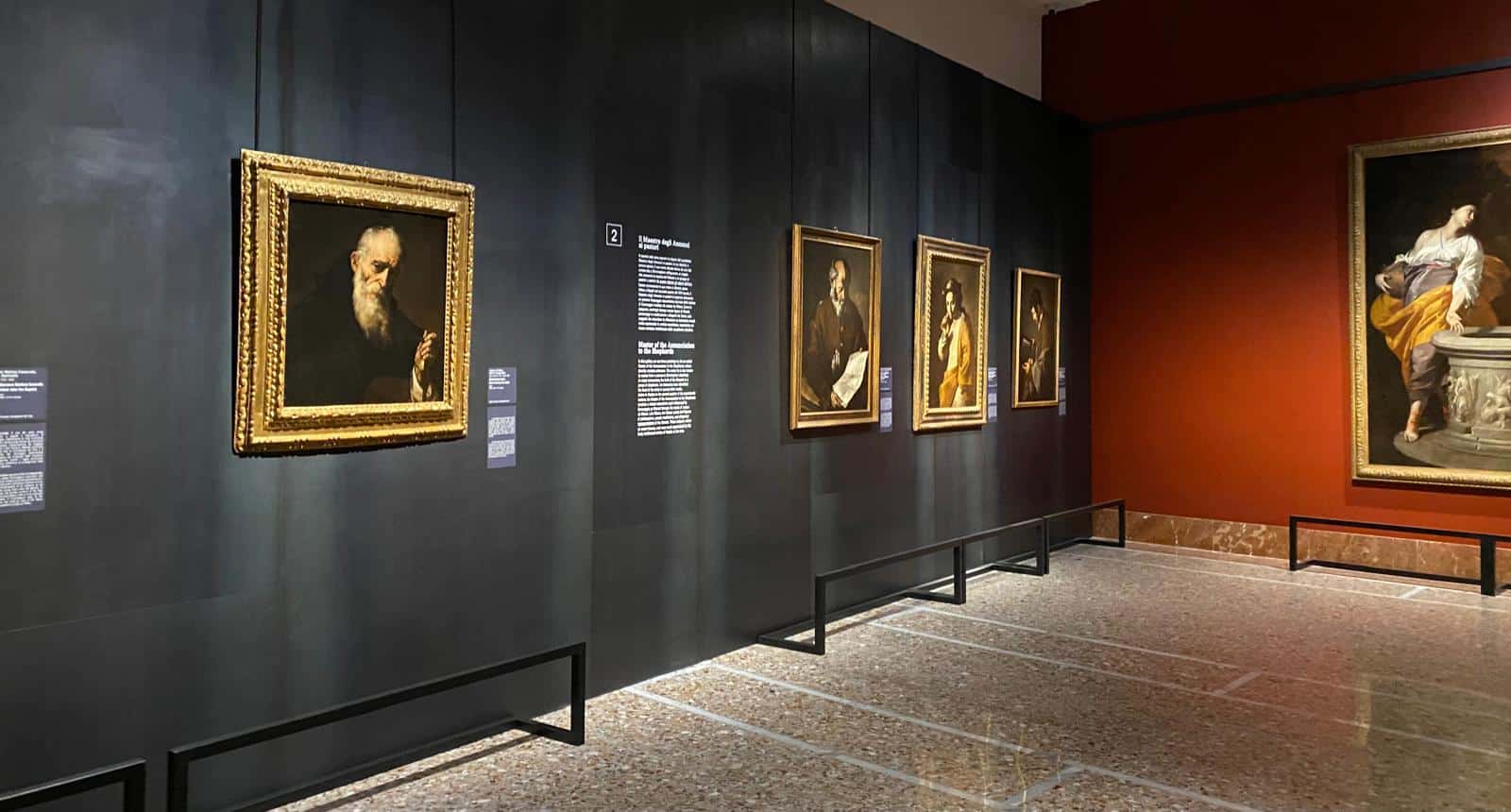
Naturalism, the strong search for chiaroscuro and the intense drama of the scenes were immediately adopted adherently by painters working here such as Giovan Battista Caracciolo known as Battistello and Massimo Stanzione, while others were able to mediate the innovations through their own particular style, such as Jusepe de Ribera, who investigated faces with a highly personal analytical approach.
After an initial moment of adherence, around the 1930s, the artists active in Naples demonstrated that they had taken up Caravaggio’s lesson, but had now sweetened it through a classicist and baroque influence, also thanks to the presence in the city of Emilian painters such as Domenichino and Giovanni Lanfranco.
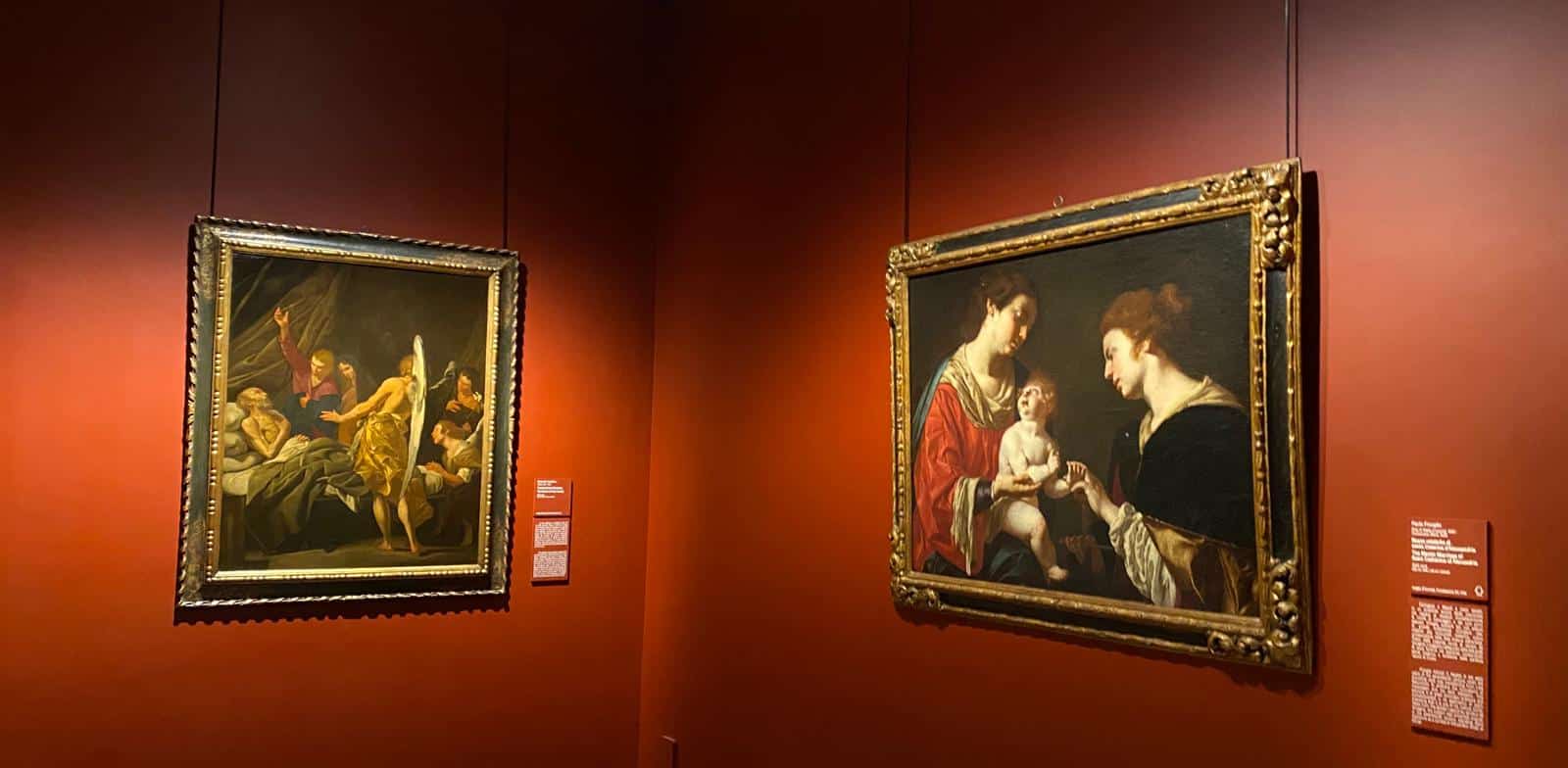
A certain influence can also be appreciated from Nordic art: thanks to Flemish collectors and merchants, works by Rubens, van Dyck, Vouet, Poussin and many others came to the city.
Thus in works such as the Transito di San Giuseppe by
Bernardo Cavallino, the search for naturalism inferred from Caravaggio is now resolved with an elegant and measured composition and forms; and again in the Martirio di sant’Orsola by Giovanni Ricca, the chiaroscuro contrasts are accompanied by a pietistic rendering of mute intimacy.
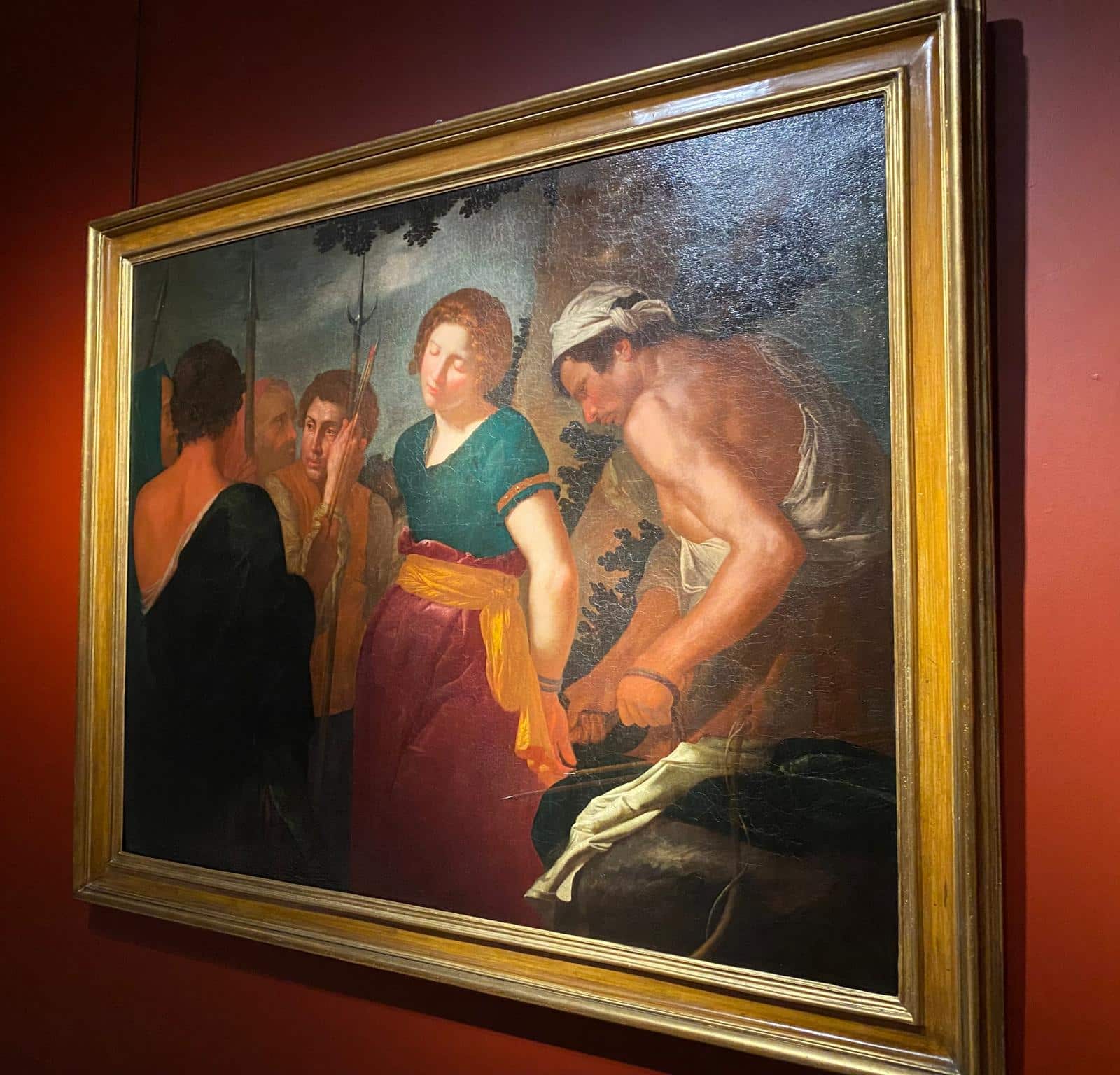
A subject that was particularly appreciated by collectors in the mid-17th century was that of half-length female figures, a theme resolved with the depiction of heroines and saints who, in addition to being considered true status of refinement and culture, were also aesthetically prized, particularly suitable for furnishing private drawing rooms.
Thus, even in the works presented here, Massimo Stanzione‘s two pendants depicting Judith and Salome, Andrea Vaccaro‘s St. Catherine, and Francesco Solimena‘s St. Cecilia are presented with a profane air, above all Cavallino’s St. Lucy, where the nun, depicted almost full-length, could easily be a contemporary noblewoman, were it not for the martyrdom palm and her accompanying eyes.
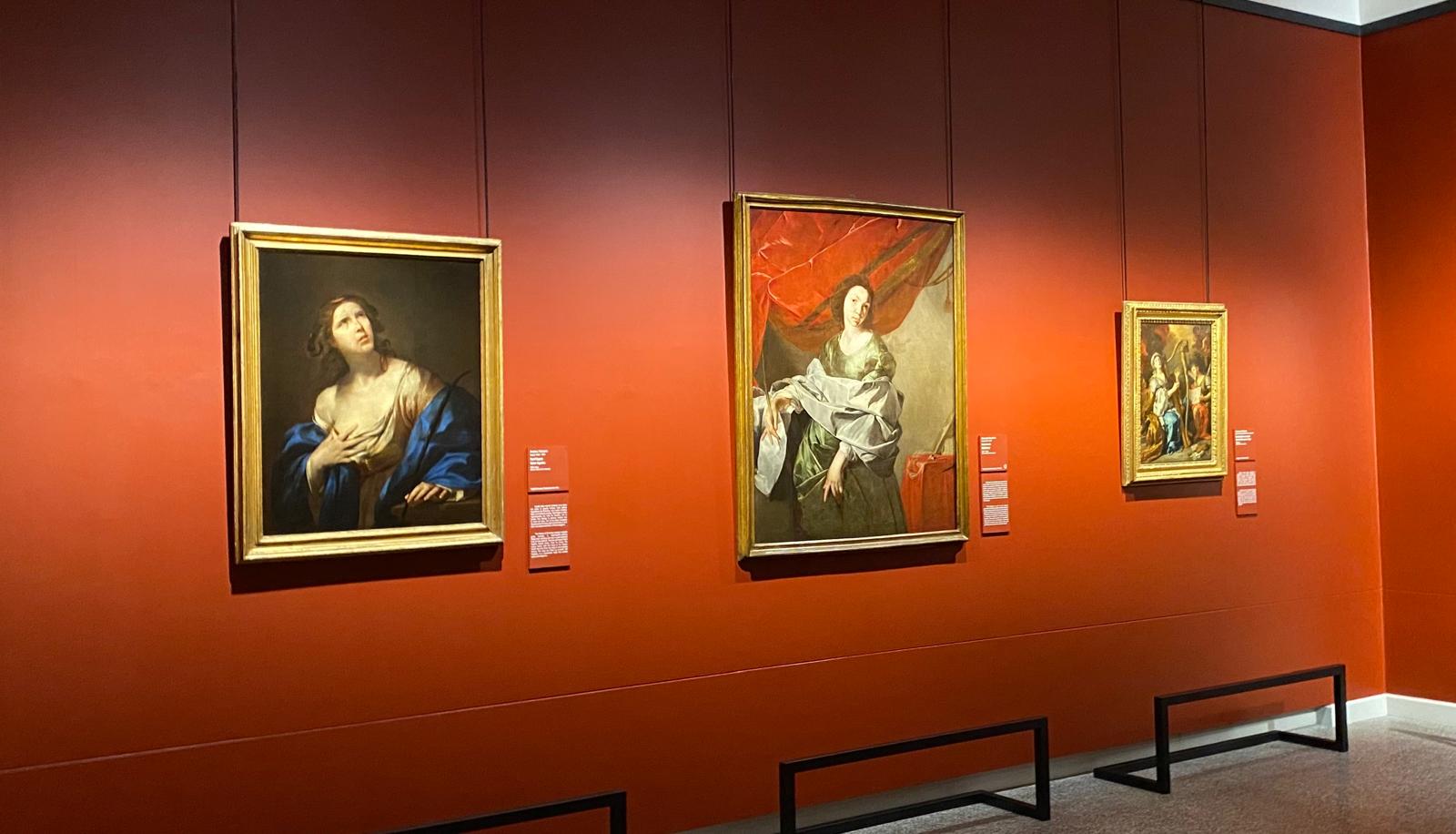
However, the Naples of the 1950s now registers a profound break with the previous tradition, the lesson of Caravaggio being chronologically distant, although some of his stylistic features continue to be recognisable in his mid-century production. In these years, artistically strong personalities such as Mattia Preti and Luca Giordano emerge.
The former, originally from Calabria, but present in the city for a long period from 1653 to 1660, is presented in the exhibition with two works: the “Scena di carità con fanciulli mendicanti” (Charity Scene with Beggar Children), which goes beyond the genre scene to become almost an allegorical representation, and the Deposition, already belonging to the Maltese period, which shows the adoption of a brighter palette and a daring resolution in the foreshortened view from below upwards of the figure of Christ.
Giordano, who is further developed in the following rooms by virtue of his relationship with the city of Bergamo, is initially presented with a work belonging to the early phase of his production, which demonstrates the influence of northern European graphics, but later developed into his own very personal style that was to influence his circle.
As briefly mentioned, Luca Giordano also played a particularly important role for the city of Bergamo. Of clear fame, he was called upon, thanks to the mediation of the Venetian merchant Simone Giogalli, by the Consortium of the Misericordia Maggiore (MIA) in 1681, to paint a large canvas depicting the Crossing of the Red Sea, for the back wall of the basilica of Santa Maria Maggiore in the Upper City.

he correspondence shows how the patrons wanted the canvas to be completely autographed by the master, without the intervention of any of his collaborators, and therefore asked their Neapolitan contacts to supervise the work. The result was so much appreciated that the Consortium asked Giordano to do the decoration of the vault as well, but as he had to leave for Spain, he left the work in favour of his disciple Nicola Malinconico.
An entire room of the exhibition is dedicated to four canvases by Giordano’s hand, currently in Pedrengo (in the nearby of Bergamo), but originally from a Venetian collection. The artist’s considerable size is not an obstacle to well-researched compositions and the depiction of powerful anatomies, with a treatment of light and shadow that still declares a descent of Caravaggio and makes the skilful, material brushstrokes of colour appreciable.
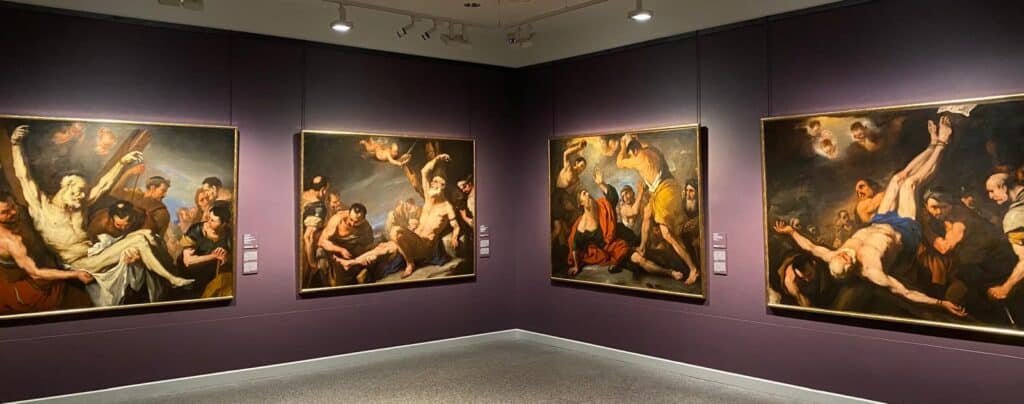
Giordano’s fortune in the Lombard-Venetian area was such that many artists made copies of his works (such as the canvas for the MIA, by Antonio Cifrondi) and numerous engravings derived from his paintings began to circulate, such as the Descent of Christ from the Cross, which he created for the high altar of the Venetian church of Santa Maria del Pianto, and which found admirers among Fantoni himself, who derived terracotta variations from it, such as those presented here.
The exhibition concludes with the aforementioned Nicola Malinconico, whose work is characterised by the lively and brilliant palette he learnt from the master while frequenting his workshop in the late 1980s. Initially active in Santa Maria Maggiore, Malinconico was appreciated by Bergamo patrons, brilliantly concluding his stay in the city, before returning to Naples, by painting the main altarpiece for the apse of the cathedral, depicting the Martyrdom of St Alexander.
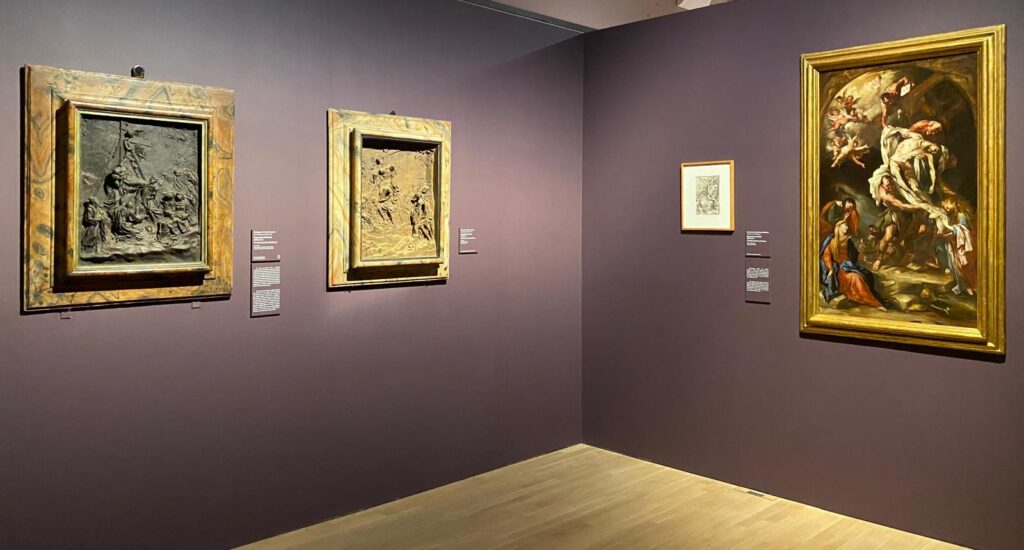
The exhibition deals with a subject that is as unusual as it is worthy of attention, offering interesting insights and considerations into the artistic relationships between the different cities of the peninsula. The information apparatus has been excellently developed, providing visitors with the fundamental elements for appreciating and understanding the works on display,
accompanying the visitor through a century of painting in a cross-cutting theme that is certainly not easy to approach. The layout has also been designed to follow the story in this thread, with careful use of lighting, more contrasted and subdued at the beginning of the exhibition and gradually more intense as we approach the end of the century.
The exhibition runs until 1 September 2024.
